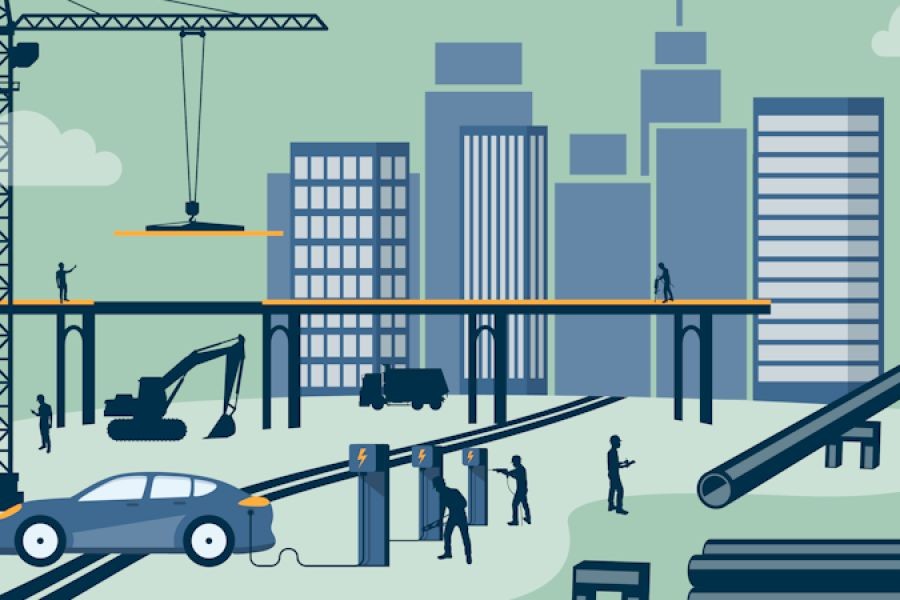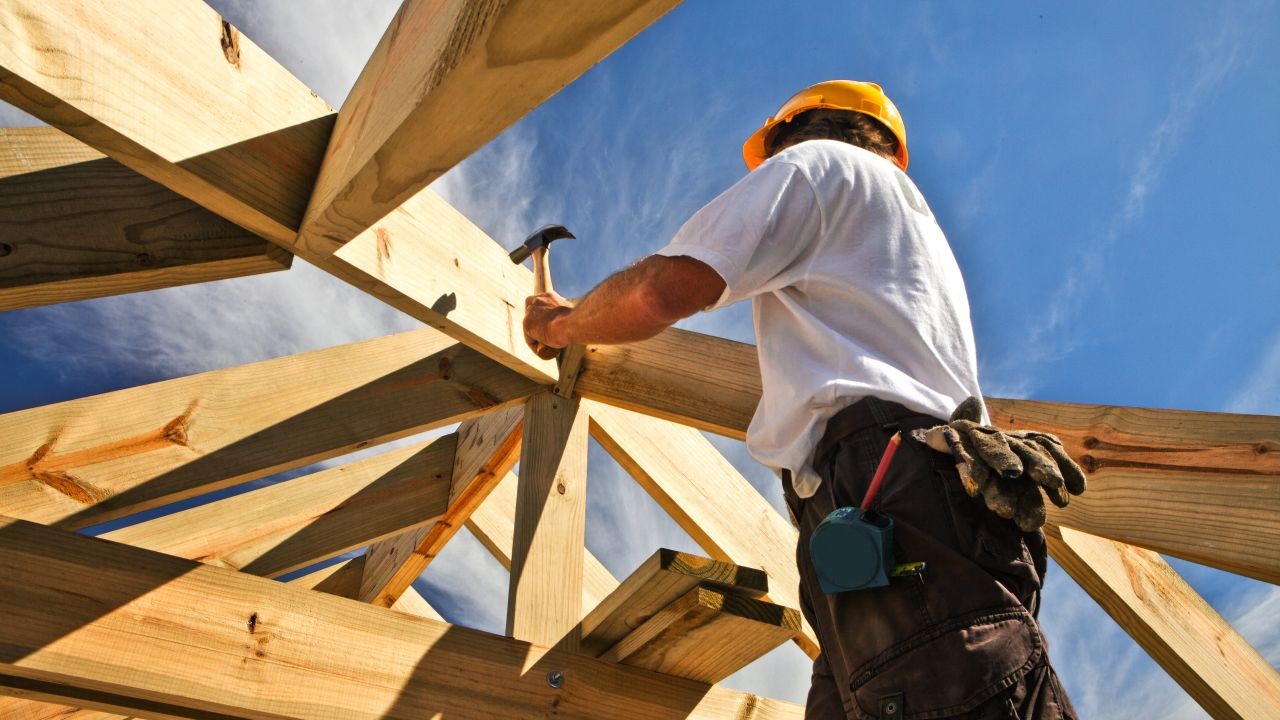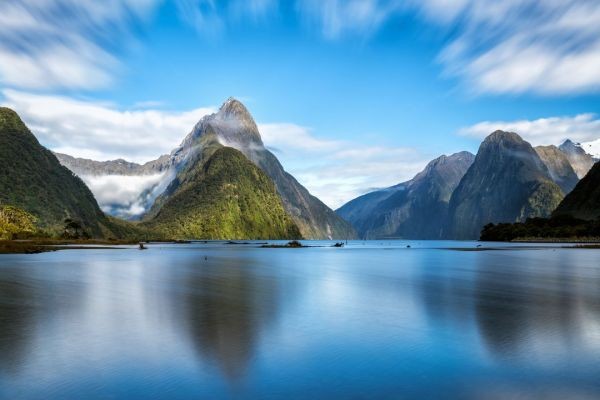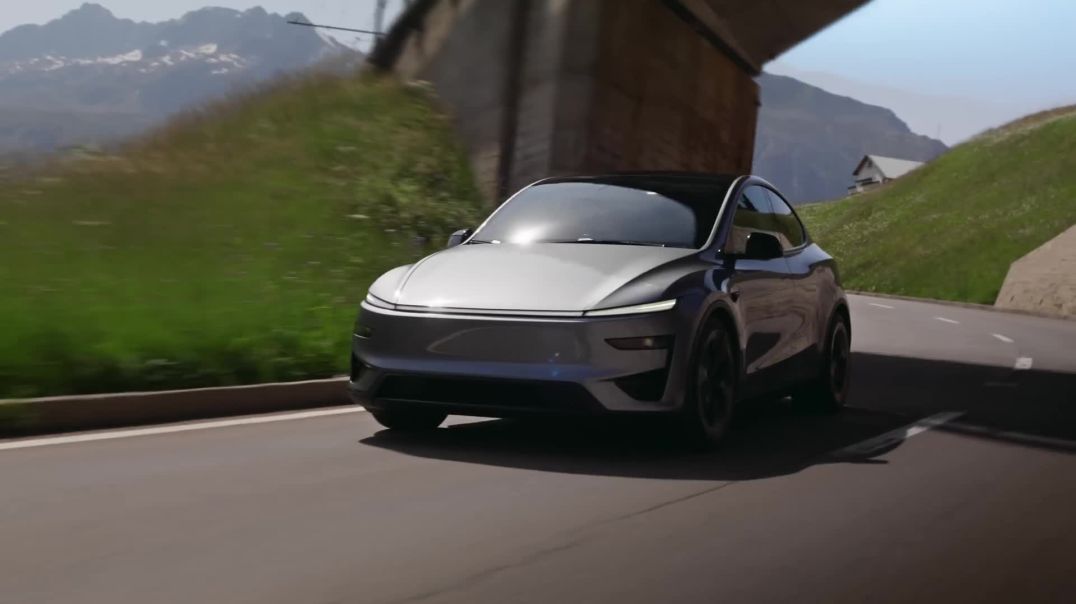Introduction
Imagine a future where New Zealand's infrastructure faces the relentless challenges of climate change with resilience and adaptability. In a world of increasing environmental uncertainty, the stakes for a country like New Zealand, with its unique geography and susceptibility to natural disasters, are higher than ever. A recent study by the Ministry of Business, Innovation and Employment (MBIE) highlights that nearly 50% of New Zealand's critical infrastructure is at risk from climate-related events. This is a wake-up call for policymakers and economic strategists to reassess and fortify our infrastructure against the looming challenges posed by climate change. The question is, how prepared are we, and what steps need to be taken to safeguard our nation's future?
Main Sections
The State of New Zealand's Infrastructure
New Zealand's infrastructure has evolved significantly over the years, yet it faces unprecedented challenges due to climate change. According to Stats NZ, coastal infrastructure, including roads and ports, is particularly vulnerable, with an estimated $19 billion worth of assets at risk from rising sea levels and extreme weather events. While strides have been made in renewable energy, with 82% of electricity generated from renewable sources, large gaps remain in other sectors such as transportation and water management, where resilience to climate impacts is less robust.
Case Study: Auckland's Resilient Water Management
Problem: Auckland's water management system faced significant challenges during a prolonged drought in 2020, affecting water supply for over 1.6 million residents.
Action: Watercare, Auckland's water utility, implemented a robust water management strategy, including the expansion of water storage facilities and the introduction of water conservation measures that reduced water usage by 20%.
Result: After a year, Auckland's water supply became more resilient, with increased storage capacity and reduced reliance on emergency water sources.
Takeaway: This case study underscores the importance of proactive infrastructure planning and investment to build resilience against climate-induced disruptions. Other cities in New Zealand can apply similar strategies to ensure water security.
Comparative Analysis: Global Examples and New Zealand's Path Forward
Globally, countries like the Netherlands have championed climate-resilient infrastructure with their extensive flood management systems. The Dutch approach, focusing on living with water rather than fighting it, offers valuable lessons for New Zealand's flood-prone regions. By adopting adaptive design principles, New Zealand can enhance its infrastructure's resilience against climate impacts.
Data-Driven Insights
- A report by the Reserve Bank of New Zealand indicates that climate change could reduce GDP by 2.5% by 2050 if infrastructure is not adequately adapted.
- The MBIE emphasizes the need for a $150 billion investment in infrastructure over the next 30 years to address climate resilience and aging assets.
Pros and Cons of Current Infrastructure Strategies
Pros:
- Higher Renewable Adoption: New Zealand's investment in renewable energy has led to a significant reduction in carbon emissions, promoting sustainability.
- Economic Growth: Strategic infrastructure projects have the potential to boost local economies by creating jobs and enhancing connectivity.
- Community Resilience: Improved infrastructure can help communities better withstand and recover from climate events.
Cons:
- Funding Challenges: Securing sufficient funding for large-scale infrastructure projects remains a significant obstacle.
- Regulatory Hurdles: Complex regulatory frameworks can delay the implementation of essential infrastructure upgrades.
- Technology Gaps: Limited integration of advanced technologies in infrastructure projects can hinder resilience efforts.
Common Myths & Mistakes
Myth: "New Zealand's renewable energy success means we're fully climate-ready."
Reality: While renewable energy progress is commendable, other infrastructure areas, such as transportation and coastal defenses, still require significant enhancements to withstand climate impacts.
Myth: "Only coastal regions need climate-resilient infrastructure."
Reality: Inland areas are also susceptible to climate-induced events like flooding and droughts, necessitating comprehensive infrastructure planning across all regions.
Myth: "Investing in climate resilience will hurt economic growth."
Reality: Proactive investment in resilient infrastructure can drive long-term economic growth by reducing disaster recovery costs and enhancing community stability.
Debate: Balancing Economic Growth and Climate Resilience
The debate between prioritizing economic growth and climate resilience is ongoing. Advocates argue that investing in resilient infrastructure can drive economic growth by creating jobs and attracting investment. Critics, however, caution against the immediate financial burden and potential regulatory challenges associated with large-scale infrastructure projects. The middle ground suggests a phased approach, where strategic investments prioritize high-risk areas while fostering economic growth through sustainable practices.
Future Trends & Predictions
The future of New Zealand's infrastructure hinges on embracing innovative technologies and adaptive design principles. By 2030, the integration of artificial intelligence and IoT in infrastructure management is expected to enhance real-time monitoring and predictive maintenance capabilities, further boosting resilience. As global climate policies influence local regulations, New Zealand will increasingly focus on carbon-neutral infrastructure projects, aligning with international sustainability goals.
Conclusion
In conclusion, the journey towards climate-resilient infrastructure in New Zealand is both a challenge and an opportunity. By leveraging innovative strategies, learning from global examples, and prioritizing investments, New Zealand can safeguard its infrastructure against the impacts of climate change. The path forward requires collaboration between policymakers, businesses, and communities to ensure a sustainable and resilient future.
What's your take on New Zealand's infrastructure readiness? Share your insights below!
People Also Ask (FAQ)
- How does climate change impact New Zealand's infrastructure? New Zealand's infrastructure, particularly coastal areas, faces increased risks from rising sea levels and extreme weather events, necessitating resilient design and proactive investments.
- What are the biggest misconceptions about New Zealand's climate resilience? A common myth is that New Zealand's renewable energy success equates to full climate readiness, while other infrastructure areas still require significant enhancements.
- What are the best strategies for implementing climate-resilient infrastructure? Experts recommend adopting adaptive design principles, leveraging technology for real-time monitoring, and prioritizing investments in high-risk areas.
Related Search Queries
- New Zealand climate resilience initiatives
- Impact of climate change on NZ infrastructure
- Future of renewable energy in New Zealand
- Coastal protection strategies in New Zealand
- NZ infrastructure investment opportunities


































florianjain61
4 months ago